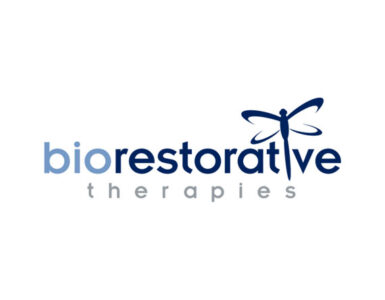
Rodman & Renshaw launched coverage of BioRestorative Therapies (NASDAQ:BRTX) with a “buy” rating and $15 target price. The stock closed at $2.02 on June 26.
BioRestorative develops therapeutic products using cell and tissue protocols, primarily involving adult stem cells. The company’s two core clinical development programs relate to the treatment of disc/spine disease and metabolic disorders, and it has also recently begun offering BioCosmeceutical products.
Analyst Elemer Piros, Ph.D., focuses his initiation report on BioRestorative’s lead cell therapy candidate, BRTX-100, which is currently in an ongoing Phase 2 study in treating chronic lumbar disc disease (cLDD)
“Twenty-one million US patients suffer from lower back pain that lasts longer than six months, according to a survey by Navigant. According to Medicare, there were 2.1 million epidural injections administered in the US in 2011. Extrapolating from the Medicare database in 2021, we estimate that 4.3 million patients will receive spinal injections for chronic lower back pain every year. According to our model, BRTX-100 could achieve $4B and $1.8B in peak sales in the US and EU5 countries, respectively, five years following market entry (in 2029 and 2030),” writes Dr. Piros.
He suggests that in the company’s lead clinical stage program, BRTX-100, will change the way cLDD is treated.
Dr. Piror writes that “dozens of patients were treated once and observed for up to six years with the company’s autologous, mesenchymal stem cell therapy (BRTX-100) with no safety concerns. In a cohort of 33 patients, more than 80% characterized their condition as “better” at 12 months and ~65% maintained this status at six years. The severity of pain symptoms was reduced by 50-70% in a durable fashion over multiple years.”
In a currently enrolling randomized (2:1), controlled trial, a 40M-cell dose of BRTX-100 treatment is being compared to sham injection in 99 subjects with cLDD, who experience typical pain and have degeneration of a single disc. The primary endpoint interrogates clinical response, defined as at least 30% decrease in pain and a 30% increase in function at 52 weeks. The company is anticipated to complete enrollment by YE24.





